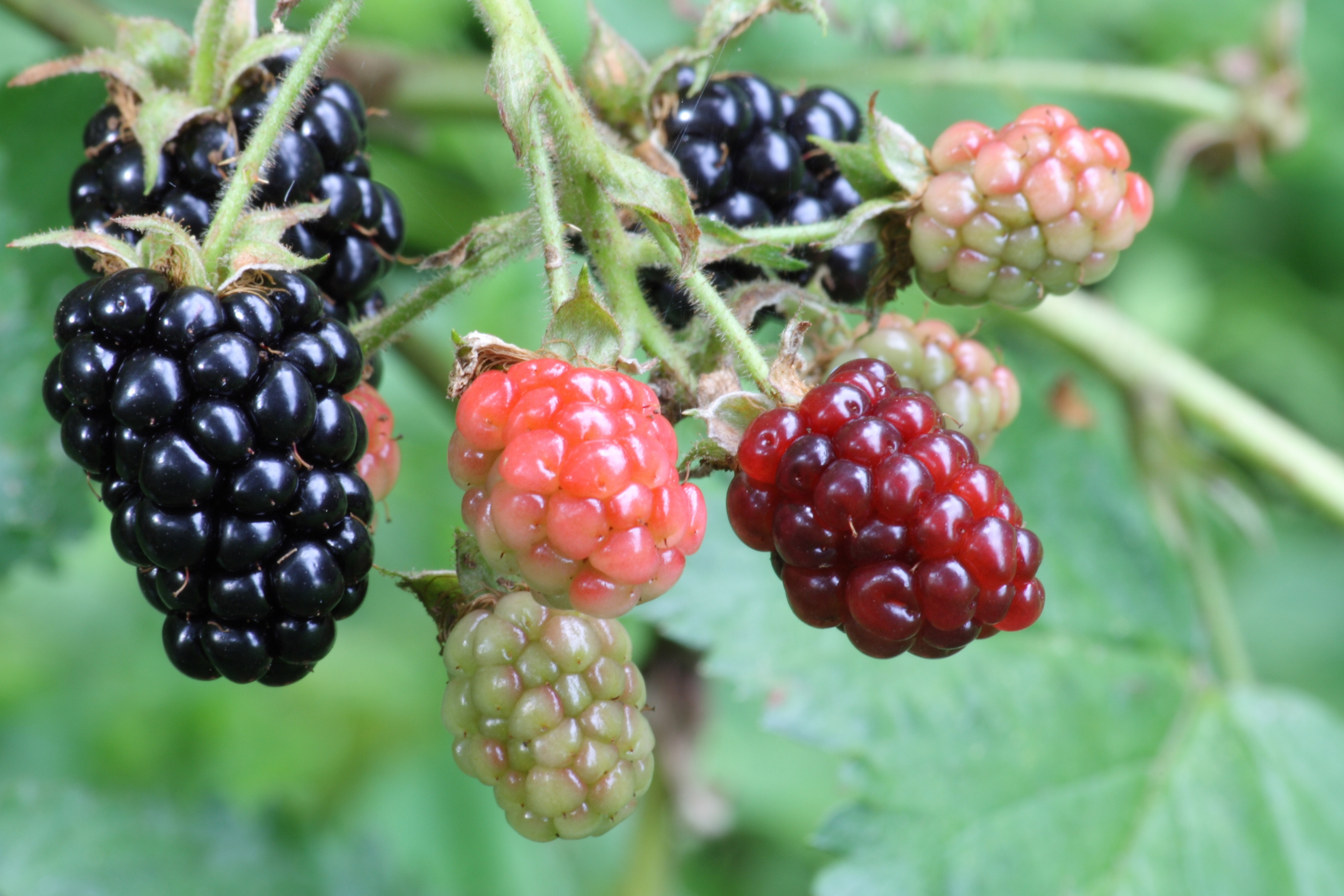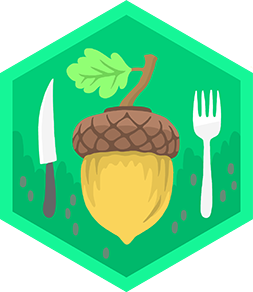Collect wild berries
Go on a supervised nature walk to identify and collect safe wild berries using a small basket, record observations, and always check with an adult.



Step-by-step guide to collect wild berries
Mountain Foraging: How to Collect Wild Berries Safely 🫐| Survival Basics #wildforaging #survivalfood
Step 1
Find an adult to come with you and choose a safe nearby trail or park for your berry walk.
Step 2
Gather your small basket notebook pencil and optional magnifying glass and bring them to your starting spot.
Step 3
Ask your adult to show you pictures or examples of berries that are safe to touch and berries you must avoid.
Step 4
Walk slowly with your adult and look carefully at bushes and low branches for berry clusters.
Step 5
Show each berry cluster to your adult and wait for their OK before you touch or pick anything.
Step 6
If your adult says a berry is safe pick a few gently and place them in your basket one at a time.
Step 7
Write the berry name the date and where you found it in your notebook.
Step 8
Use your magnifying glass to look closely and draw the berry leaf and stem in your notebook.
Step 9
Describe how the berry looks smells and feels in one or two short sentences in your notebook.
Step 10
Count the berries you collected and write the total number next to your notes.
Step 11
Give the basket to your adult so they can store or inspect the berries safely.
Step 12
Ask the adult for permission before tasting any berry and only taste if they say it is safe.
Step 13
With your adult's help share your finished nature log and drawings on DIY.org.
Final steps
You're almost there! Complete all the steps, bring your creation to life, post it, and conquer the challenge!


Help!?
If we don't have a magnifying glass or a small basket, what can we use instead?
If you don't have a magnifying glass, use a phone camera's zoom or reading glasses to examine the berry leaf and stem, and if you lack a small basket use a clean container or paper bag to collect berries one at a time as instructed in step 6.
What should we do if we're unsure whether a berry cluster is safe to touch or pick?
If your adult isn't sure a berry is safe, don't touch or pick it; instead photograph the cluster, write its location in your notebook, and give the basket to your adult for inspection as directed in step 11.
How can this berry walk be adapted for younger children or older kids?
For younger children have the adult do the picking while the child uses the magnifying glass to observe and dictates simple descriptions for the adult to write in the notebook, and for older kids have them identify species, draw detailed leaf and stem sketches, count and record totals, and upload the finished nature log to DIY.org.
How can we extend or personalize the activity after the walk?
Extend the activity by pressing a sample leaf in your notebook, adding a small map of where each berry was found, taking close-up photos to paste alongside your drawings, and creating a DIY.org post with the berries' names, date, counts and descriptions from your notes.
Watch videos on how to collect wild berries
How To Pick Blueberries 🫐❤️
Facts about foraging and plant identification for kids
⚠️ Some wild berries, like deadly nightshade, are poisonous — never eat a berry unless an adult confirms it’s safe.
🍓 A single strawberry can hold about 200 tiny seeds on its outside surface.
🐦 Birds and mammals eat berries and help spread their seeds, which helps berry plants grow in new places.
🫐 Blueberries are true berries in botanical terms — strawberries and raspberries are not true berries.
🌿 People have foraged wild berries for thousands of years as part of traditional diets around the world.
How do I collect wild berries on a supervised nature walk with my child?
What materials do I need for a child-friendly wild berry collecting walk?
What ages is berry collecting suitable for with children?
What safety tips should parents follow when collecting wild berries with kids?


One subscription, many ways to play and learn.
Only $6.99 after trial. No credit card required



